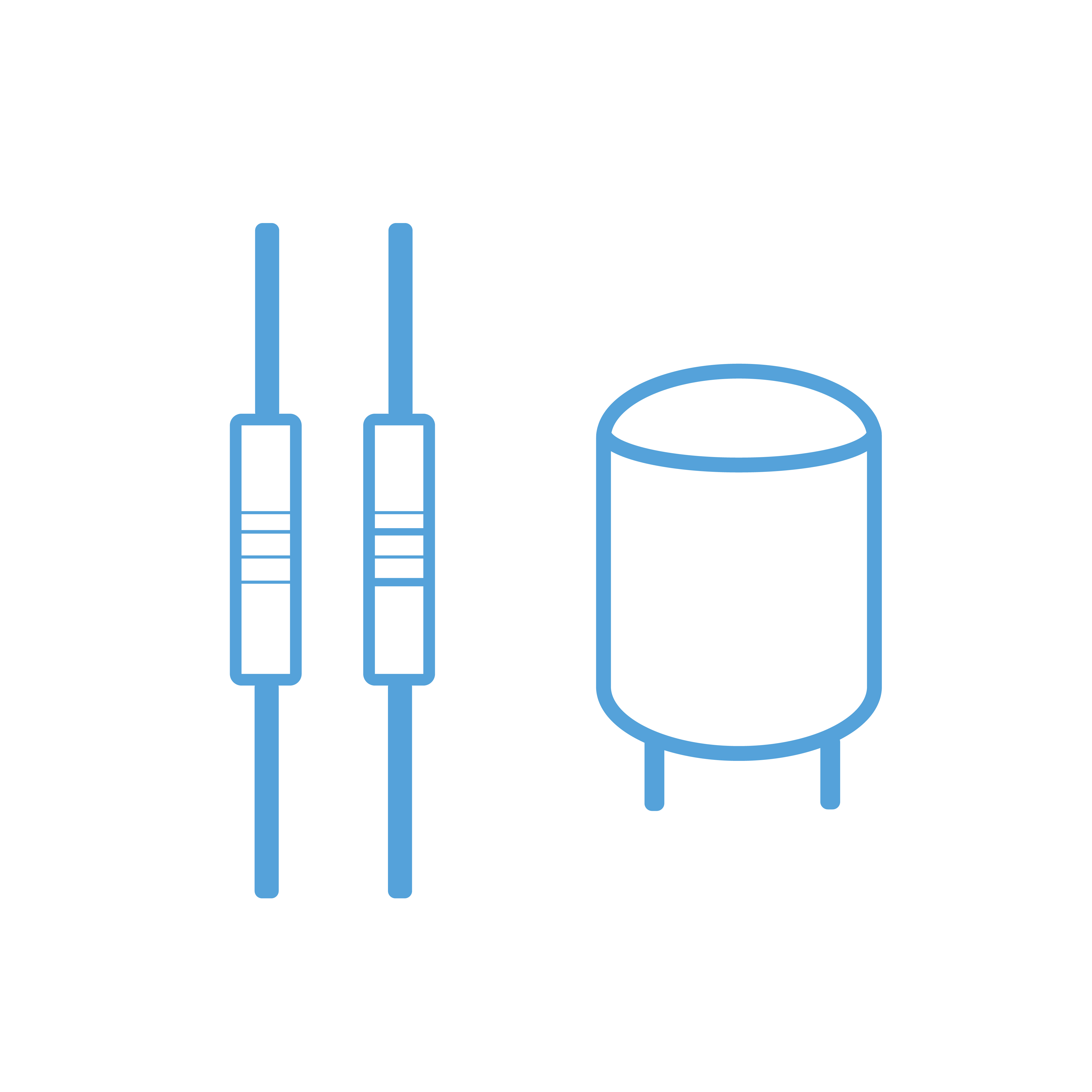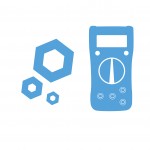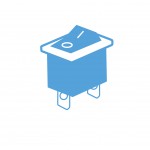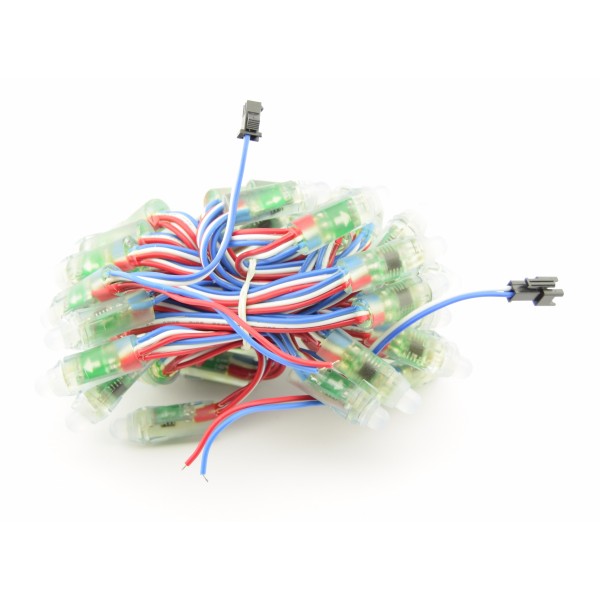WS2811 Digital 8mm RGB LED String - IP68 Waterproof 50 pieces
- Availability: Directly available from warehouse in Eindhoven
- SKU: 000444
€16.75
Ex Tax: €13.84
2 or more €16.25
5 or more €15.75
10 or more €15.25
20 or more €14.75
50 or more €14.25













